07.05.2018, Learning Scoop
SPARK Ignites Finland
Finland. As a word, and as a nation, it has become synonymous with innovative education and non-traditional teaching practice. What better place to visit when designing a blended learning high school model?
SPARK Schools is a growing network of affordable schools in South Africa with a vision to lead global education. Making use of a blended learning model in which scholars spend approximately 50% of their day in virtual learning spaces, SPARK Schools is breaking boundaries both locally and internationally.
The first SPARK Schools high school is to be launched in 2019, and the design team had the privilege of visiting Finland to learn first hand why Finnish is FIRST!
Through a tightly planned itinerary we were guided by the highly organised Learning Scoop team and visited 5 very different schools. We were made welcome by principals and teachers who happily, and honestly, answered our questions.
This is what we learned:
The Finnish do write assessments and examinations! The end of school Matriculation examination is the culmination of learning in general upper secondary… and yes, it is an examination! What was amazing, however, was to witness the rollout of digital national examinations in this final secondary school checkpoint, and to learn that the teachers of the groups taking the examinations mark their own papers – not common in other parts of the world! Two sample examinations from the spring 2018 season were shown to us. The standard was excellent! Questions were globally relevant and required application rather than a demonstration rote memorisation.
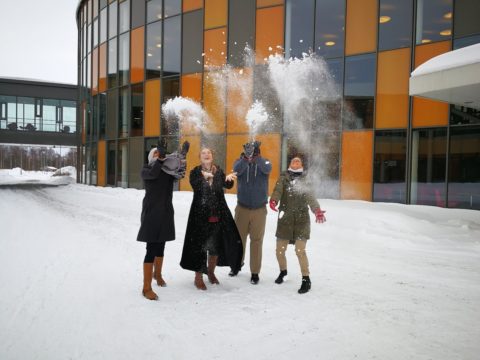
The SPARK Schools high school design team outside Ylöjärvi Upper Secondary School, Tampere.
Yes, Finnish children do have a higher than normal number of breaks in their school day! This is an excellent practice. Not only are children, and young people in upper secondary, given more time to simply BE, value is placed on extra-curricular activities and high school children are able to build their learning schedule around practice for ice hockey or skiing. Without a doubt, this emphasis on ‘wellness’ is something we will emulate in our SPARK Schools secondary education.
Teachers do teach less and spend more time in professional development. Finnish teachers are highly valued. They are required to hold masters degrees in order to teach. In the multi-choice spectrum of the Finnish upper secondary curriculum, teachers design their own course material and take pride in the delivery of innovative practice. Quality rather than quantity is valued and the teaching day is shorter in order for teachers to develop sophisticated lessons in a professional community. Teachers share office space in faculty departments, allowing for greater team collaboration, mentoring and professional development. We witnessed the delivery of interesting courses such as ‘the phenomenon of Christianity in different cultures of the world’, and ‘aggression in soldiers affected by frontal lobe damage’! The level of academia, student engagement and challenge when given an offering of courses of this nature can only be positive.
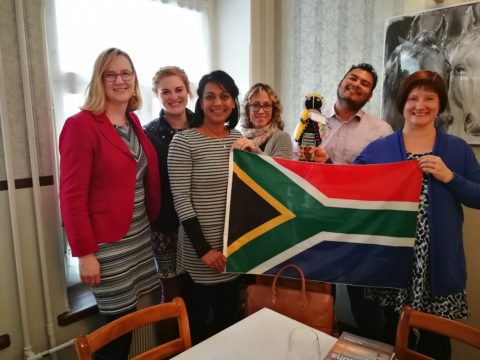
Learning Scoop and SPARK end-of-tour celebration. From left to right: Johanna Järvinen-Tauber (Learning Scoop), Denise Kocks (SPARK Schools), Dee Moodley (SPARK Schools), Kathryn Garden (SPARK Schools), Oliver Dick (SPARK Schools) and Marjo Tavast (Psychology Teacher).
Something we did not expect… While international press places emphasis on the high percentage of student continuation to the successful completion of high school, it does not fully make clear the split between vocational and academic education at the end of primary and moving into secondary. All end-of-primary students must apply for a place in the high school of their choice, and schools reserve the right to accept students as necessary to achieve capacity. Primary school children receive an end-of-primary report card, and grading levels are indicated according to ability. In some cases, upper secondary schools may have up to 200 applications for 80 first year places. Schools with high numbers of applications are therefore able to choose higher performing students. It therefore stands to reason that in some cases children in the vocational stream have not opted to be there. A high number of boys are in this stream. The academic achievement of boys in comparison to girls is of concern to Finnish education practitioners – a problem shared with China, and perhaps an indication of the changing demand for emotional intelligence as a skill required for success in our digitised world. Our visit to an excellent vocational college showed that vocational practitioners work hard to recognise prior learning and guide young people in their occupation moving forward – especially if their position in a vocational school was unexpected. Fortunately for those who may not have succeeded in finding their way into an academic upper secondary school, education right up to the achievement of a doctorate is free and there is much movement between the streams. University bachelor and doctorate courses are not inaccessible for those in vocational institutions who would like to pursue an academic course.
This was an experience of a lifetime! Our Learning Scoop hosts were highly hospitable and friendly. We enjoyed many laughs, good food and great snow! It was a great trip!
Kathryn Garden
SPARK Schools:
High School Curriculum and Assessment Lead
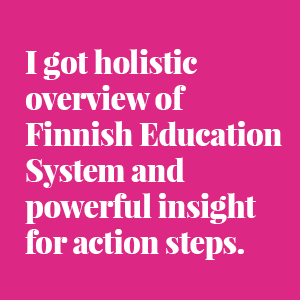
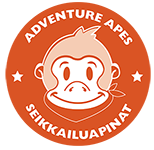
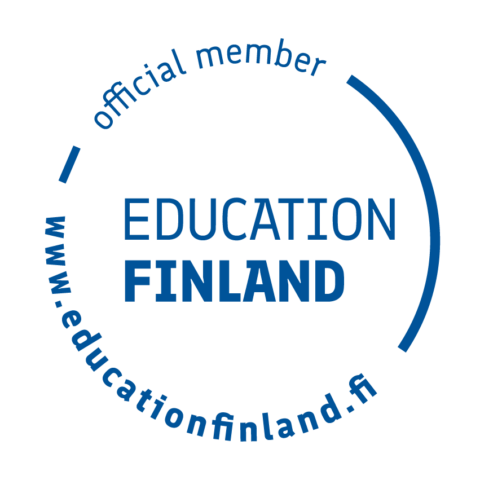
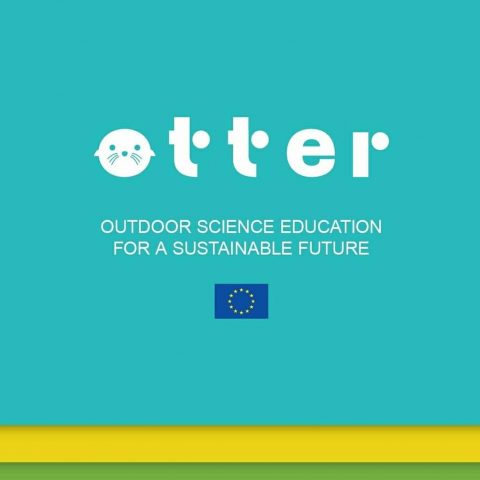

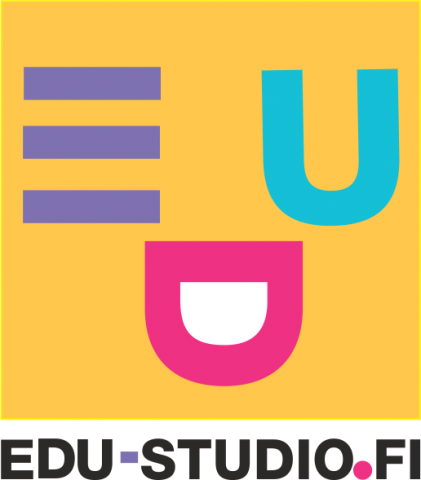

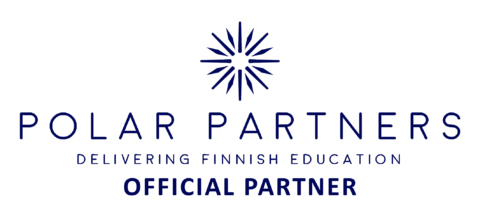
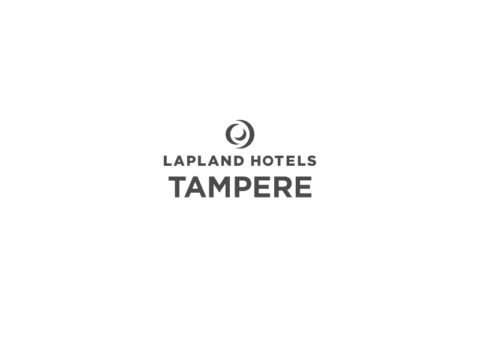
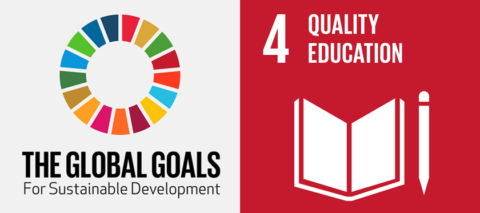

Follow us: